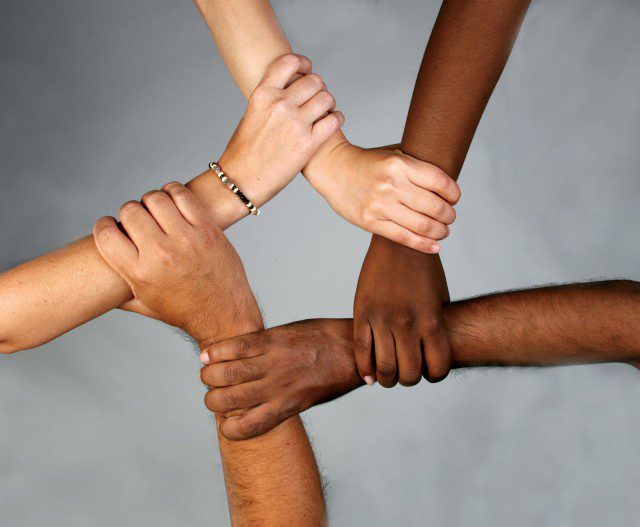Relationships are the place of our deepest wounding but also our deepest healing. In Attachment theory, the way that you build relational trust is through the cycle of rupture and repair. When there is rupture in relationship, it can actually build trust if you repair it. Two ways to develop unhealthy attachment are rupture with no repair and no rupture to repair in the first place. However, to develop healthy attachment, disagreement can actually form solid relationships. Therapy works because exposure to people changes people. A powerful attachment experience alters a person’s nervous system. In Attachment theory and Emotionally-focused therapy, the self is viewed as an ongoing process of construction, and one that is defined in interactions with others. The denial of the need for others is what can lead individuals to seek gratification from drugs, alcohol, food, sex, work, gambling, etc. outside the realm of interpersonal relationships. The degree to which you allow the tension in relationships to exist will determine the quality of your relationships.
One aspect of collectivistic cultures that’s admirable is the value for intergenerational relationships, because even though an individualistic society denies this, interpersonal relationships truly make people who they are. Personalities are shaped over time based on how one learns to relate to their families and how one learns to protect themselves. In fact, the source of anxiety is often from the tension in interpersonal relationships. People avoid others or get anxious instead of moving towards their people. In western society specifically, people care so much more about themselves than about the family unit that they grow to become content with disconnectedness and unforgiveness, which results in the anxiety-filled generation seen today.
Robert Stolorow, a psychoanalyst on emotional trauma, says that trauma is when severe emotional pain cannot find a relational home in which it can be held. Healing in the context of relationships is foundational to a person’s healing. Healing through relationships is a sacred thing, and it happens when we drop down into that deeper level of who we are, when we cross over into the broken, fragile parts of ourselves. We have to give up our need to be perceived as perfect. We have to give up our ability to control what people think of us. We have to overcome the fear that when they see the depths of who we are, they’ll leave. Healing has to involve the vulnerability of inviting friends and family into our stories and allowing ourselves to be seen and affected by people who love us. That is truly the foundation of attachment theory.
By Carmen Eby LPCA, Trauma-informed

